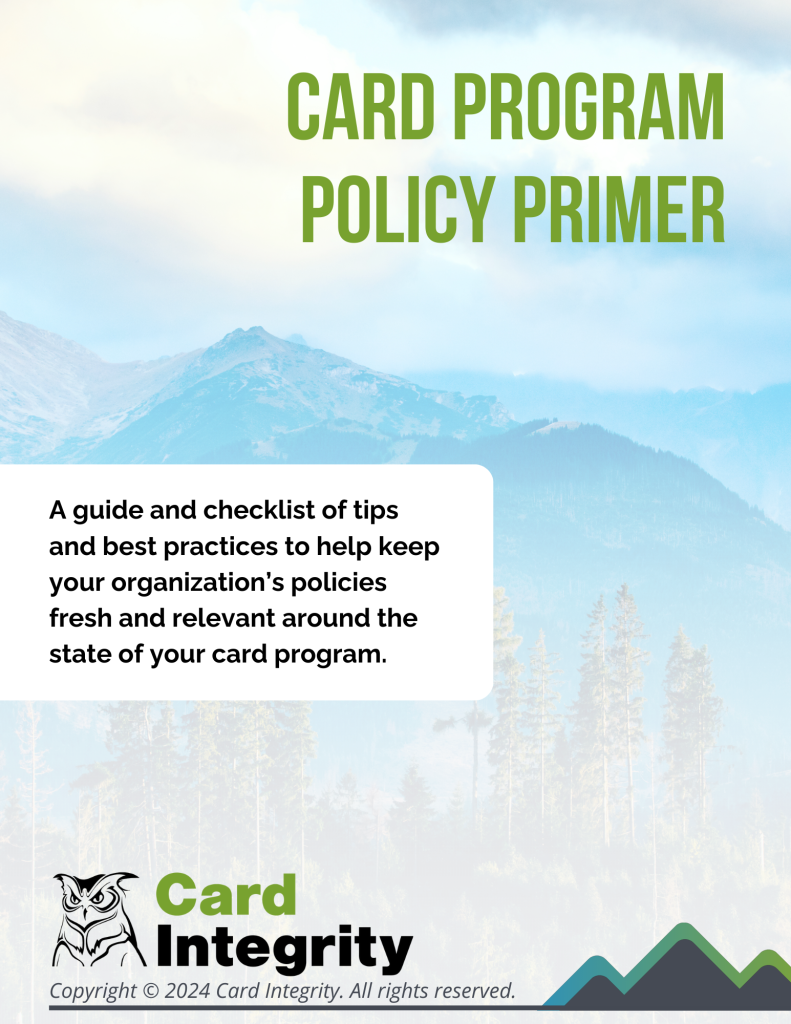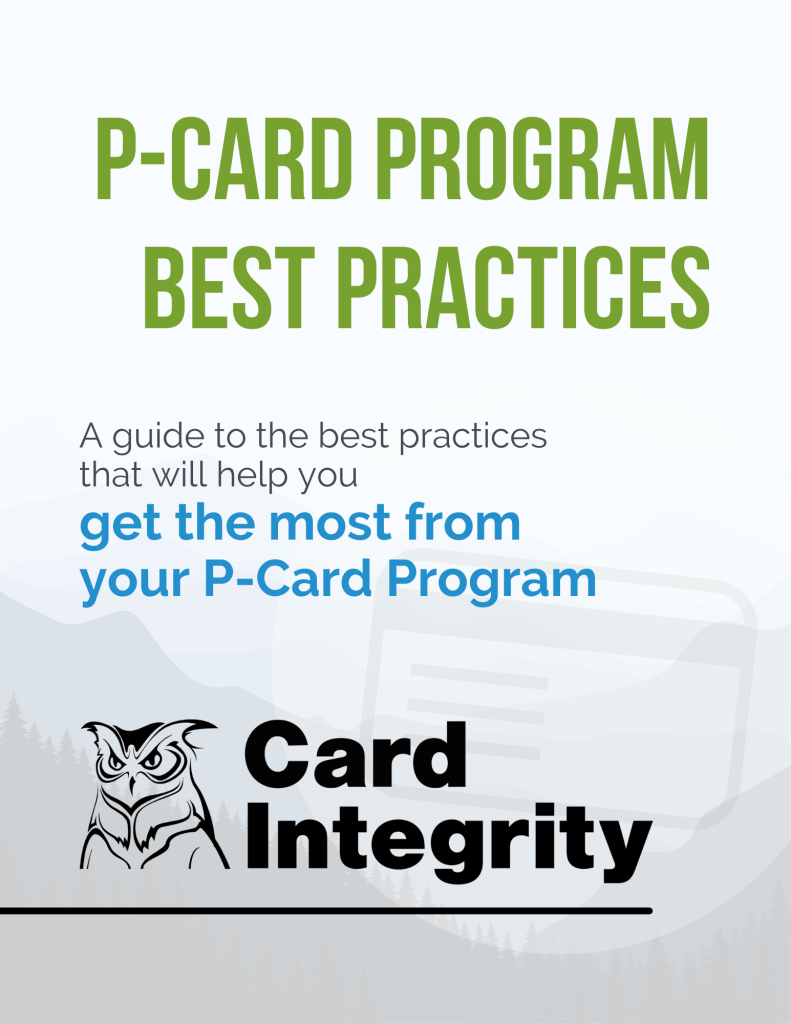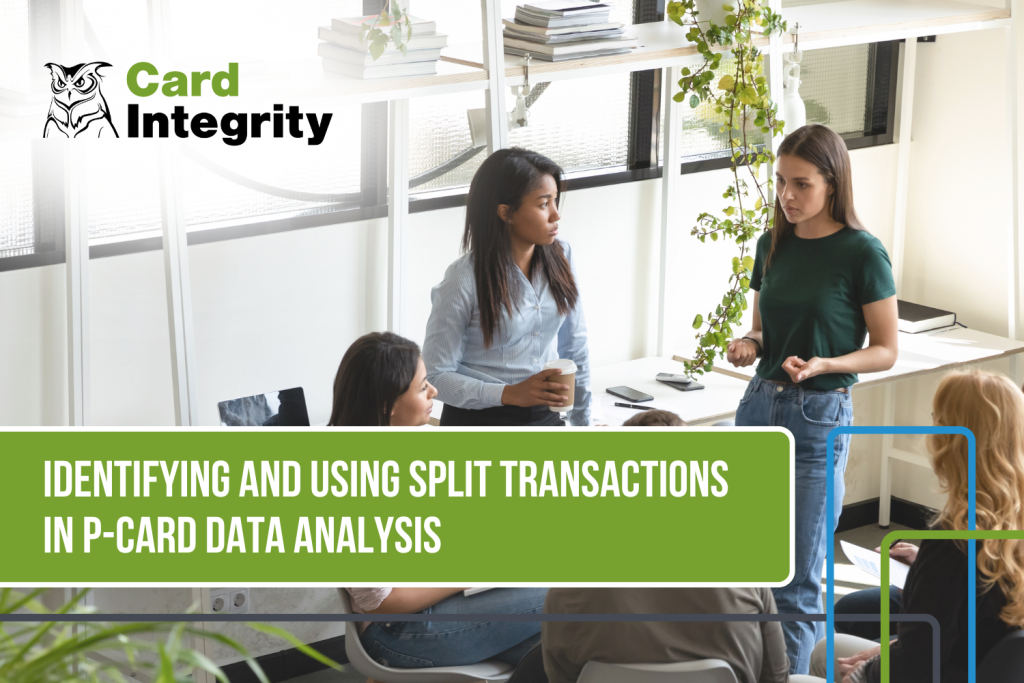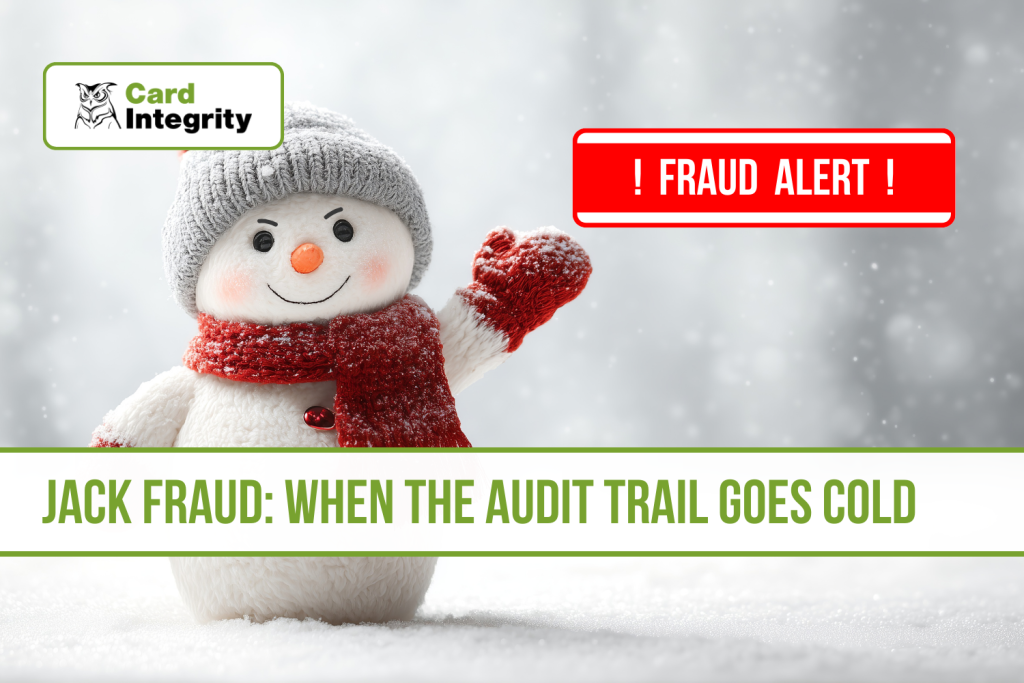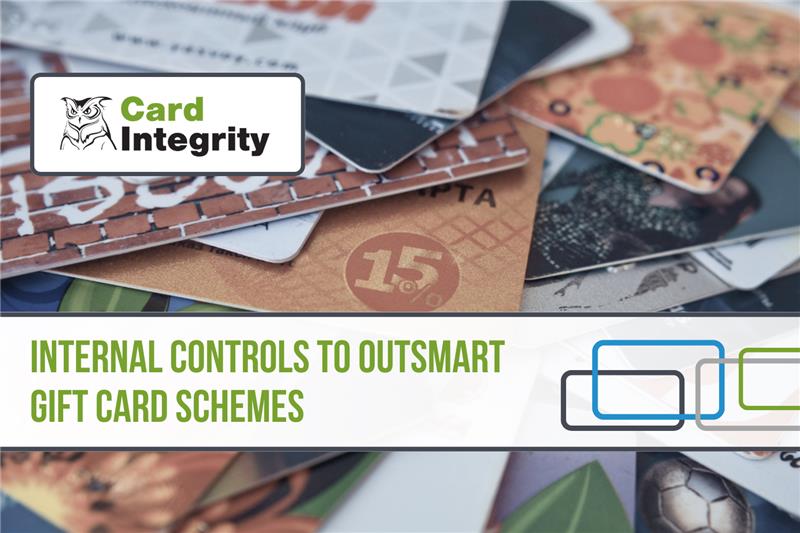In the fourth article in Card Integrity’s “Back to Basics” series, we focus on one of the more fundamental aspects: setting goals. This series presents an opportunity for both beginners and long-time card program administrators to learn and/or get reacquainted with the elemental knowledge that lays the foundation for a successful system.
Where would a business be without setting goals? Goals focus on desired results while motivating employees to reach those results. Goals define a company’s purpose. The pursuit of that purpose drives employees — challenges them even — to reach and complete specific objectives.
Goals are the very measure of success for a business.
So it goes with your corporate card program as well (be it P-Card, T&E card, or another company-issued card). If it exists without any goals, is it operating as well as it could? With no defined focus and a lack of purpose, it would be difficult for any card program to survive, let alone thrive.
If your company’s card program is floundering due to a lack of goal setting, that can change right now. Through the concrete, real examples you are about to read, you can set new goals that will ultimately strengthen your card program.
Get SMART with Your Goal Setting
Before we get to the goals, let’s define what a well-conceived goal looks like.
When setting a goal, there are five important components to consider. The acronym “SMART” can help you remember what they are:
S — Specific. All goals should answer: who, what, when, where, how, and why. The more specific a goal is, the more likely it will actually be achieved.
M — Measurable. Parameters and analytics track a goal and, in the end, determine when it has been successfully achieved.
A — Achievable. A goal must be realistic and truly achievable. Anything less sets up its pursuant to failure.
R — Relevant. The less a goal is significant to those in its pursuit, the less motivated they will be to achieve it, making doing so all the more difficult. Having a passion for solving a problem moves a person toward that solution.
T — Time-sensitive. In business, time is of the essence. To be both efficient and effective, a goal needs to be achieved as quickly as possible. Tying a goal to a clear target date (remember “S for Specific”?) helps that happen. While a degree of flexibility and time for “Murphy’s Law” should always be included to prepare for the reality of the unforeseen, a specific deadline helps motivate those reaching for the goal and spurs them forward.
Four Real P-Card Program Goals—And How to Achieve Them
So what goals might be the most pertinent to your company’s card program? Every system will be different, of course, with unique needs that must be considered and addressed. But to get you started, here are three real examples—each with its own concrete step to help you achieve the goal.
Goal #1: Spend time more wisely
If you’ve ever heard the phrase, “Work smarter, not harder,” that’s the philosophy behind this goal. Its objective aims to improve the use of time within a card program, especially for those heading up the system. It requires a shift in mindset — from focusing on mundane data checking to focusing more on program trends and analysis. While checking data is essential to a solid card program, this work takes time away from activities that would promote program growth and innovation.
To achieve this goal, act on your new mindset by reserving your valuable time and energy for only the tasks that encourage stimulation of your program. Then, delegate the remaining data review tasks to Card Integrity. In doing so, you’ll free up time within your business, and you’ll be able to concentrate more on program growth. Fortunately, Card Integrity provides a third-party service that you can trust — providing you with confidence and peace of mind while freeing up your time.
Goal #2: Improve the quality of your data review
For many businesses and organizations, having a dedicated, well-trained staff manually review your card transactions is not practical or feasible. Assuming your business can pull off any sort of data review with the time and resources it has (or lack thereof), the quality of that review suffers as a result.
Yet, the strength and integrity of any good card program rely heavily on a system that includes regular, high-quality, comprehensive transaction monitoring. Expense monitoring identifies the weakest links in your card program — namely, inappropriate and fraudulent card usages — and greatly reduces risk within your program.
Clearly, it’s time to step it up a notch. This goal will get it done.
To achieve this goal, you’ll find that the same solutions Card Integrity offers to help you save time with Goal #1 can also improve the quality and overall comprehensiveness of your data review. Qualified, trained staff combined with state-of-the-art technology provides a thorough monitoring of data — most likely, in a way far superior to your current internal process. This high level of review will help produce a stronger program with reduced risk.
Goal #3: Communicate policies and procedures better
Policies and procedures are necessary for any well-functioning card program, but they don’t mean a thing if they don’t get communicated to management and the card users themselves.
Examine your card program. When it comes to your policies and procedures:
- How have you provided information in the past?
- Have those communication pathways been effective?
- Are you avoiding more up-to-date and cost-effective communication means (perhaps out of fear or ignorance)?
- Do you have a way to assess what your program participants actually know and truly understand?
To achieve this goal, ask yourself these questions, and then seek out Card Integrity as a unified and knowledgeable source for all the answers. Card Integrity will help you formulate a plan to communicate information about your card program more effectively, with less on-going costs and in less time. Online technology will be applied and used to your company’s advantage. Training programs will be customized according to your specific policies and procedures. Assessments are designed to ensure that your program participants not only know the information but also fully understand it.
Goal #4: Comply with laws and regulations
Perhaps your program has been a bit lax when it comes to compliance with all the laws and regulations that relate to P-Cards or Travel Cards. Perhaps it’s time that changes — legal issues are the last problems any business needs.
Compliance, like everything else, takes time and knowledge — and in this case, very specific, legal knowledge — but both might be in short supply at your business.
To achieve this goal, turn yet again to Card Integrity. Inherently built into Card Integrity’s solutions and resources are the knowledge to ensure compliance with certain laws and regulations that concern your specific card program. Thanks to 100% monitoring of transactions and the expertise to know what to look for and what to have, the requirements for compliance are covered. You get clear information, readably available for the asking. Moreover, you’ll discover any areas where your compliance might be lacking — and you can take the steps to fix any weak spots.
Applying SMART to Your Goals
Now it’s time to apply the SMART components that you learned earlier to these goals.
Congratulations! You’re one step ahead because all of the listed goals already have the “A” in SMART — they are all achievable.
You also have an important portion of the “S” — that is, you already know specifically how you will achieve each goal.
Next, decide the “R” by asking if any of these three goals are relevant to your company’s P-Card program. Does it make sense to implement any of them — or perhaps all of them? What would achieving these goals mean to the people in your program, to the program’s success, and to the overall success of your business?
Once you’ve identified the goals that are most significant to your program, ask the remaining questions of who, what, when, where, and why, and apply their answers to create specific objectives for each goal.
Lastly, don’t forget “M” (decide how you will measure each goal’s outcome), and “T” (create a realistic, time-sensitive schedule with a definite deadline for completion).
Take the Next Step to Card Program Success
Goal setting helps ideas become reality. The next all-important step is action.
Applying best practices to a card program helps to ensure program success. Whether your objective is to set goals or to improve communication with cardholders, Card Integrity offers multiple resources that may be of interest. Below you can find a P-Card Best Practices eGuide that will cover the best of best practices, and a Policy Primer that can give you a sense of where you stand on policy. These can serve as great resources for laying the foundation of your card program—and setting goals. You can download them for free below!
To download the Policy Primer, fill out this form:
To download the P-Card Program Best Practices eGuide, download this form:
Read more articles in Card Integrity’s “Back to Basics” series
Setting Goals for a More Successful Card Program
In the fourth article in Card Integrity’s “Back to Basics” series, we focus on one…
Prohibited Categories and Debarred Suppliers: Enforcing Rules and Controls
As we make our way to the third article in Card Integrity’s “Back to Basics” series,…
Double Dipping and Duplicates: Back to Basics
Double dipping and duplicate payments are the focal point of the second article in Card…
Identifying Split Transactions in P-Card Data Analysis
Article originally published June 1, 2018. Refreshed October 29, 2024 with updated, additional information.


